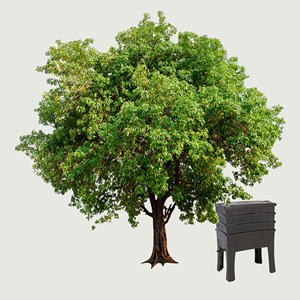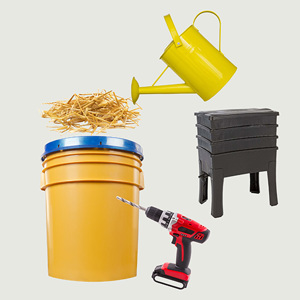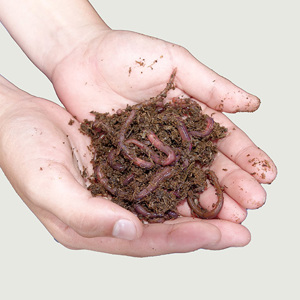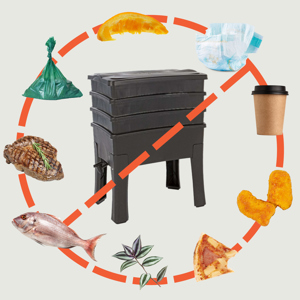-
Te hangarua me te kohi para
Recycling and rubbish collection
Te hangarua me te kohi para
Recycling and rubbish collection
More about Recycling and rubbish collection -
Te whakaiti i te para
Waste minimisation
-
We Compost Hub
- Ngā pātai auau FAQs
- Repair Cafe






